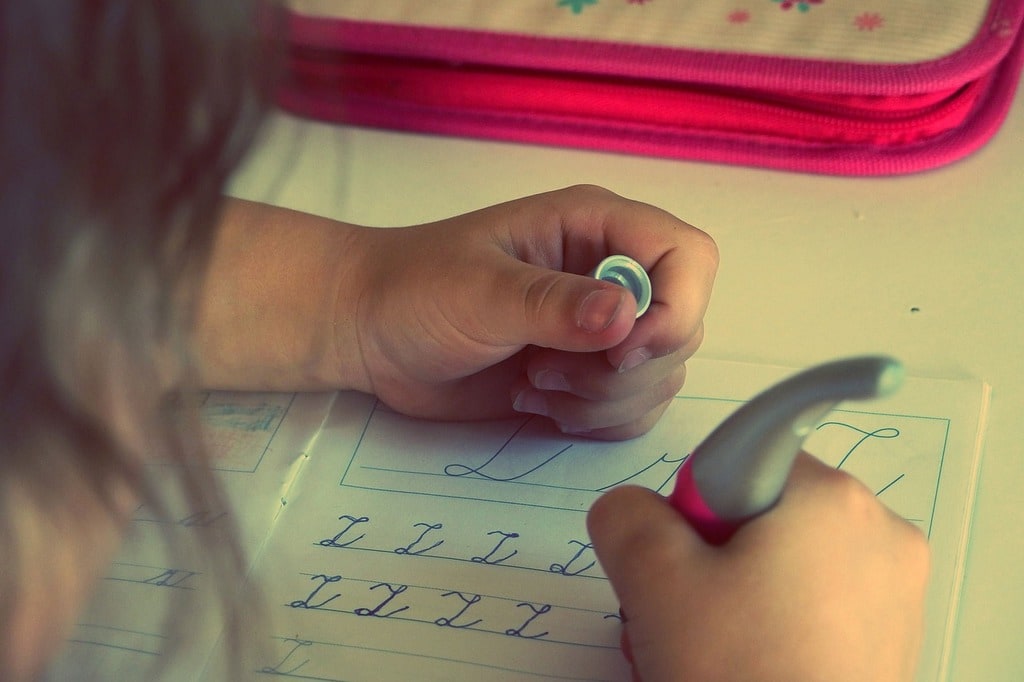Effective teaching methods have evolved significantly in recent years, influenced by technological advancements and an increased understanding of diverse learning styles. Modern educators must adapt to these changes to engage students effectively and foster a productive learning environment. This article explores several effective teaching methods that can help educators succeed in today’s dynamic educational landscape.
Innovative Strategies for Effective Modern Teaching
In today’s classrooms, the traditional lecture-based approach is often inadequate for meeting the needs of diverse student populations. Adopting innovative teaching strategies can enhance student engagement and learning outcomes. One such strategy is the use of active learning techniques, which involve students actively participating in the learning process through discussions, problem-solving, and collaborative projects.
Active learning can be implemented through various methods, such as think-pair-share, where students first think about a question individually, then discuss their thoughts with a partner, and finally share their ideas with the class. This method encourages deeper understanding and retention of the material, as students are more engaged and motivated to learn.
Integrating Technology in the Classroom
Technology plays a pivotal role in modern education. Integrating technology into teaching practices can provide students with a more interactive and personalized learning experience. For instance, using educational software and online resources can help cater to different learning styles and paces, allowing students to learn in a way that suits them best.
One effective approach is the flipped classroom model, where students watch instructional videos or complete readings at home and then engage in hands-on activities and discussions in class. This method maximizes classroom time for active learning and problem-solving, making the learning experience more dynamic and engaging.

Fostering Critical Thinking and Problem-Solving Skills
Developing critical thinking and problem-solving skills is essential for student success in the 21st century. Educators can foster these skills by incorporating project-based learning (PBL) into their curriculum. In PBL, students work on real-world problems and projects over an extended period, which promotes deeper understanding and application of knowledge.
Project-based learning encourages students to think critically, collaborate with peers, and develop practical solutions to complex problems. This method not only enhances academic skills but also prepares students for future careers by building essential life skills such as communication, teamwork, and time management.
Creating an Inclusive Learning Environment
An inclusive learning environment is one where all students feel valued and supported. Creating such an environment involves recognizing and addressing the diverse needs of students, including those with disabilities, different cultural backgrounds, and varied learning preferences. Educators can implement differentiated instruction, which involves tailoring teaching methods and materials to accommodate the different abilities and interests of students.
Differentiated instruction ensures that every student has access to the same learning opportunities and can achieve their full potential. This approach can involve offering multiple ways for students to demonstrate their understanding, such as through written reports, presentations, or creative projects.
Engaging Students Through Interactive Learning
Interactive learning involves the use of activities and strategies that encourage students to engage with the material and with each other. Interactive learning methods can include group discussions, debates, role-playing, and hands-on experiments. These activities make learning more enjoyable and memorable, as students are actively involved in their education.
For example, conducting science experiments in a classroom allows students to observe and understand scientific concepts firsthand. This hands-on approach not only enhances comprehension but also sparks curiosity and a love for learning.
Here are some specific interactive learning activities that can be beneficial:
- Group discussions and debates
- Role-playing and simulations
- Hands-on experiments and projects
- Collaborative group work
- Interactive digital tools and apps
Continuous Professional Development for Educators
Educators must engage in continuous professional development to keep up with the latest teaching methods and educational research. Ongoing professional development helps teachers stay informed about new strategies and technologies, enhancing their ability to provide high-quality education.
Participating in workshops, attending conferences, and collaborating with colleagues are excellent ways for educators to develop their skills and knowledge. Investing in professional development ensures that teachers can effectively support their students’ learning and adapt to the evolving educational landscape.
Building Strong Teacher-Student Relationships
Building strong relationships with students is fundamental to effective teaching. Positive teacher-student relationships create a supportive and motivating learning environment where students feel respected and valued. This connection can lead to increased student engagement, better academic performance, and improved behavior.
Educators can build strong relationships by showing genuine interest in their students’ lives, providing constructive feedback, and creating a classroom atmosphere of mutual respect and trust. A positive classroom environment encourages students to take risks and actively participate in their learning journey.
In conclusion, effective teaching methods for modern educators involve a combination of innovative strategies, technology integration, and a focus on critical thinking and inclusivity. By adopting these methods, educators can create engaging and supportive learning environments that cater to the diverse needs of their students.
